
What Remains of Edith Finch (XS) - Review
by Lee Mehr , posted on 25 August 2022 / 4,014 ViewsReviewer's Note: Although I'll try to be as vague as possible about them, there will be some SPOILERS ahead. I’d advise you pick the game up right away.
Given Giant Sparrow's debut title, The Unfinished Swan, it came as a surprise to see the team's sophomore effort steer into walking sim territory. Whether you associate with that quasi-pejorative or the more suitably-named 'narrative adventure' label, you'll likely have set expectations: greater emphasis on storytelling over mechanical complexity and replay value. Even with a modest next-gen coat of paint, those issues will be reflexively off-putting for some players. While I can respect those contentions, that intimate focus makes What Remains of Edith Finch a remarkable journey from beginning to end.
Though not bereft of a few twists, it's immediately honest about its intentions. There's no subverting genre expectations akin to Firewatch; instead, it proudly wears its austerity on our protagonist's long sleeves. After cracking open her journal in the beginning, you assume the role of Edith Finch. As the last surviving Finch member, she's the default inheritor of a strange estate. Having been away from Washington State for several years, Edith finally returns to disinter her family's deep-rooted past, specifically the oft-recited family curse that's caused many to prematurely die.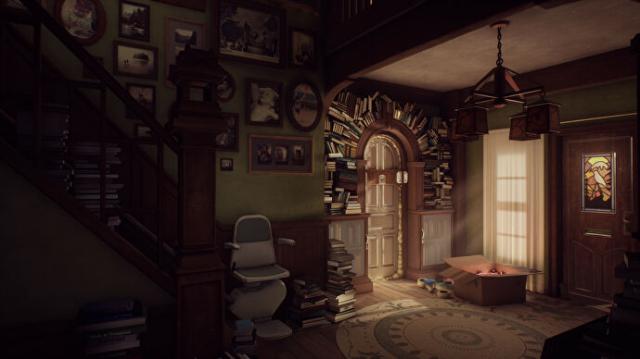
Upon seeing the house from a distance, you might wonder how much of this "curse" is influenced by sheer stupidity. For the first two floors, it seems like a quaint & expansive seaside lodge; above that, it's like a mismanaged collection of connected treehouses precariously suspended by a few sturdy 2x4s and a bunch of nails, destined to all collapse through the roof one day. Not being up to code makes for enticing imagery though. Naturally, the interior has its own eccentric qualities: books stacked everywhere, walls lined with various pictures and paintings, among other sundries. Although it doesn't allow you to tangibly grab many loose items (like Fullbright's titles), you learn a good deal about the Finches just from the set dressing.
The critical items that can be grabbed and assessed lie within each hermetically-sealed room. You see, the would-be matriarch of the family, Edie, kept each member's room the same after their untimely death; everything is practically sealed in amber. Paranoid by this, Edith's mother, Dawn, forcefully sealed each room's front door, which caused Edie to retaliate by drilling out reverse peep-holes. This contrived setup connecting the house through a series of discreet crawlspaces and special locks adds to the intrigue for when you eventually inhabit a long-past relative.
Beyond the preserved wallpaper and knickknacks, each room contains a special memento to examine. This is where the "walking sim" temporarily shifts into something else, like an interactive flip-book (in which you can control the page-turning speed) or becoming an animal to devour prey. This story-within-a-story structure plays around with gameplay templates while also transporting into each Finch's viewpoint for a short while. Once it's done and Edith's stenciled in a mini-portrait within her notebook's family tree, you feel more connected to them.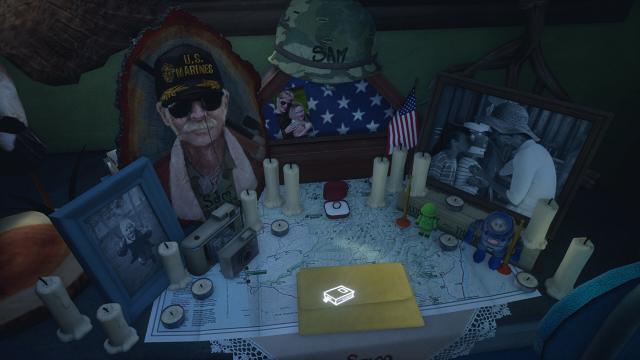
What makes these interactions more special is how naturally incorporated everything feels. Think of it like maximizing a confined player space. The house's structure and pathways are ludicrous, but the way you're funnelled through each location, strategically fed more breadcrumbs of information, and handed a one-off gameplay trinket constantly keeps you involved. Each gameplay/aesthetic change-up feels purposive, rather than tossed in for its own sake. Every new contextual action marries the specific tone and story of said member in a rich, palpable way.
Fortunately, Giant Sparrow's writing doesn't sell these concepts short either. In the hands of a lesser crew, the gauche dime-store horror comic dedicated to one particular Finch would've felt callous; here, when you absorb the implications about this family's history it actually compliments Edith Finch's major themes. That level of emotional maturity permeates throughout the entire script. Even when recycling the dramatic irony of so many Finches’ final moments, the balance between literal and surreal does just enough for them to feel different from one another.
Where it also captures a precarious balance is between tragedy and celebration. To avoid spoiling as much as possible: its best level is one of gaming's best representations of daydreaming during monotonous work. Not just in juggling two things at once (a la Brothers: A Tale of Two Sons), this segment ranks among all-timers for its perfect structure and devastating final blow. Despite going to some dark emotional places, it oftentimes does so with a convivial tone and atmosphere. But that only works because of Giant Sparrow's self-assured focus and true earnestness.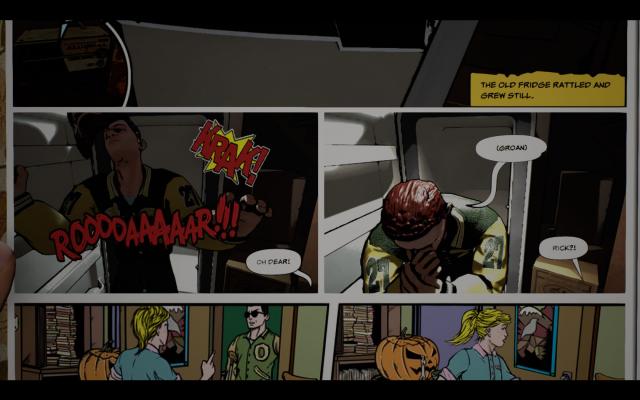
That confident direction seeps into its presentation as well. The guided tour of bright-white UI elements and bits of Edith's journal scrawled across the game world manage that tightrope between interactive freedom and sustaining a solid pace. And while the whole cast hit their respective marks, Valerie Rose Lohman's Edith reaches a special altitude here; a fusion between delicate yet adventurous, you'll notice a tonal shift in how she processes her place among her ruined family as time goes on. Similarly, Jeff Russo's beautiful soundtrack adds so much texture to this tale's most emotional moments.
Like squeezing out the last bit of toothpaste, Edith Finch's pretty graphics do more thanks to expert camera direction. One of its best surprises comes from a quick camera tilt during a scripted scene, for example. While I still admire its various art styles and can notice a modest next-gen improvement (for a free update from an indie team), it's not a technical marvel for the indie scene; in fact, some of the physics can look kind of silly. When considering the total sum of its parts, though, the Finch residence is a vivid world that creatively blends so many visual styles without ever feeling out of place. 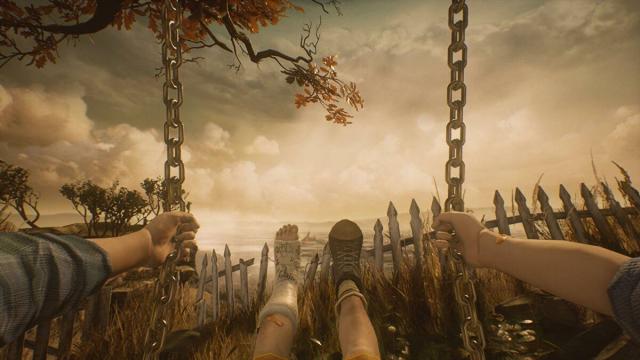
Because of all these elements being harmoniously juggled, it’s easy to lose track of a three-hour runtime while scouring every nook and cranny. That’ll definitely be a big ask at its default asking price ($20), but it poses a crucial question: should that dampen an outlook if you feel you’ve done more than other games with thrice the length? Similar to expansive journeys that maintain your attention, it’s tough to hammer on a masterful example whose pacing never dawdles.
Poignant, meaningful, and engaging are just a few of the choice words I'd give to What Remains of Edith Finch. By emphasizing a synergy between player interaction and storytelling in so many varied ways, each piece of the Finch family tree complements its central meaning – in big or understated ways. Considering that along with its powerfully-presented tale of loss makes Giant Sparrow's second title one of this genre's all-time classics.
VGChartz Verdict
9
Outstanding
This review is based on a digital copy of What Remains of Edith Finch for the XS
More Articles
I don't think this is a game that I would have purchased, but I did play all the way through it on Game Pass (and am glad I did).
KEY TO THE OP:
DISINTER means "dig up" or "discover".
SUNDRY means "various items not important enough to be mentioned individually".
PURPOSIVE means "why say 'purposeful?'"
CONVIVIAL means "cheerful and friendly; jovial". See also: JAICEE.
THRICE means "saying 'three times' just sounds so pedestrian."
Anyway, an appropriately fantastic review of the game I ranked lucky 13 on my all-time top 50 list last year! I think you well-captured the game's overarching bittersweet vibe. When I play, to me it feels almost like What Remains of Edith Finch, the game itself, is alive and navigating trauma of its own; such is its slightly, yet oddly enticingly, screwed up mindset of wanting the player to find the beauty in people's lives through through deaths.
Let's face it, there's been no shortage of death in the world of late. More people are navigating loss today than usual. This game has a message about where our focus lies when it comes to the relationship between life and death that just keeps hitting home for me, and I think for a lot of people who've given this wonderfully absurd gem a chance.
For sure! I liked it a lot back in 2017 too, but after some more tough anniversaries of my own mother's passing and, well, the pandemic, it just strikes a different chord with me. In the early days of Covid specifically, the news programs would often include or end with segments dedicated to remembering those who were lost in a given day. That had the effect of keeping memories of those I've lost from my own life fresh, serving as like a constant reminder in a way. It made me, and I think a lot of us really, dwell a lot more on the topic of mortality. I wound up playing a lot more of Edith Finch, as it became weirdly a kind of comfort game for me. Same with Spiritfarer. Spiritfarer likewise became almost a kind of addiction (along with a certain other game that shall not be mentioned). Value-added.
Overall, Edith Finch has ranged from a trough of 20th place to a peak of 4th on my lists over the years and is currently situated sorta midway between those two places. May drop a rank or two this year if I participate again because Perfect Tides and Norco are both going to rank in very highly, we'll see. To be determined. Perfect Tides is likely going to be a top 10 entry though for me.
As to the, er hem, creative selection of descriptors, hey we all got our quirks, y'know? :D I enjoy acknowledging them.
I loved it. Perhaps ripe for a replay
I totally get that! If I played this as a kid I bet I could not have shut up about wanting something similar for my own room. ... Kinda still want it XD
As a kid, I would have been more interested in having deluxe treehouses as depicted in the title! :D
Dat voice acting though, so cringy, but I realise that talent costs money.








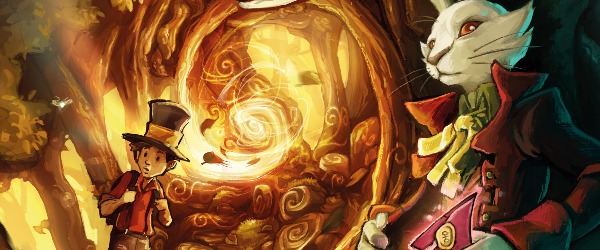
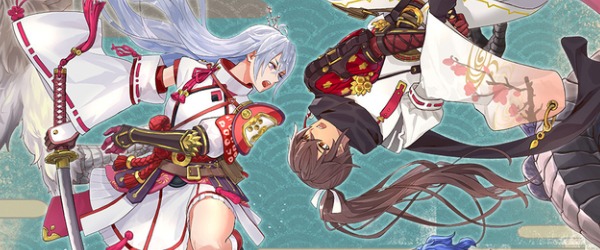

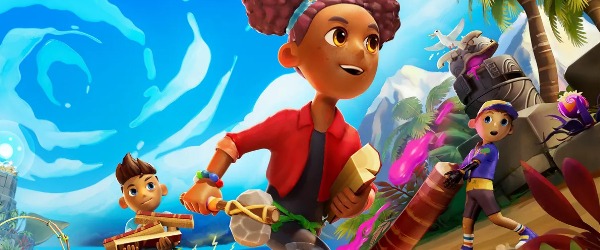












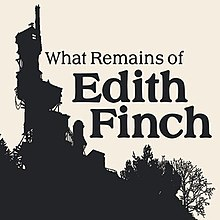



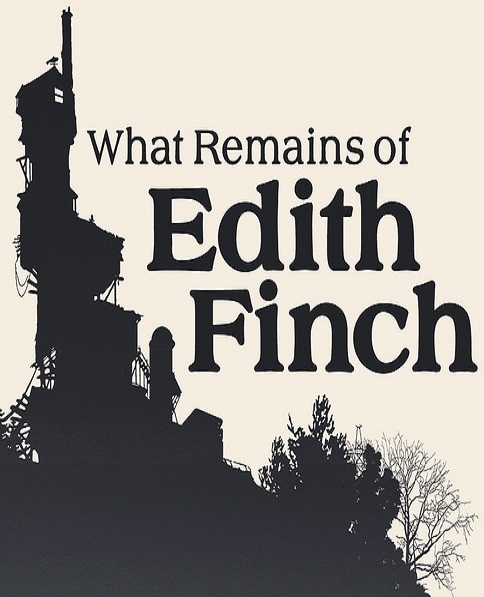

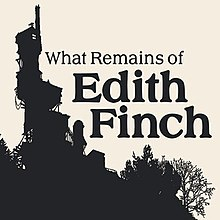

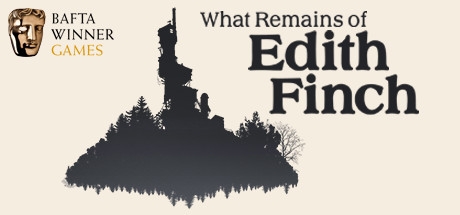

 Essay Pro
Essay Pro